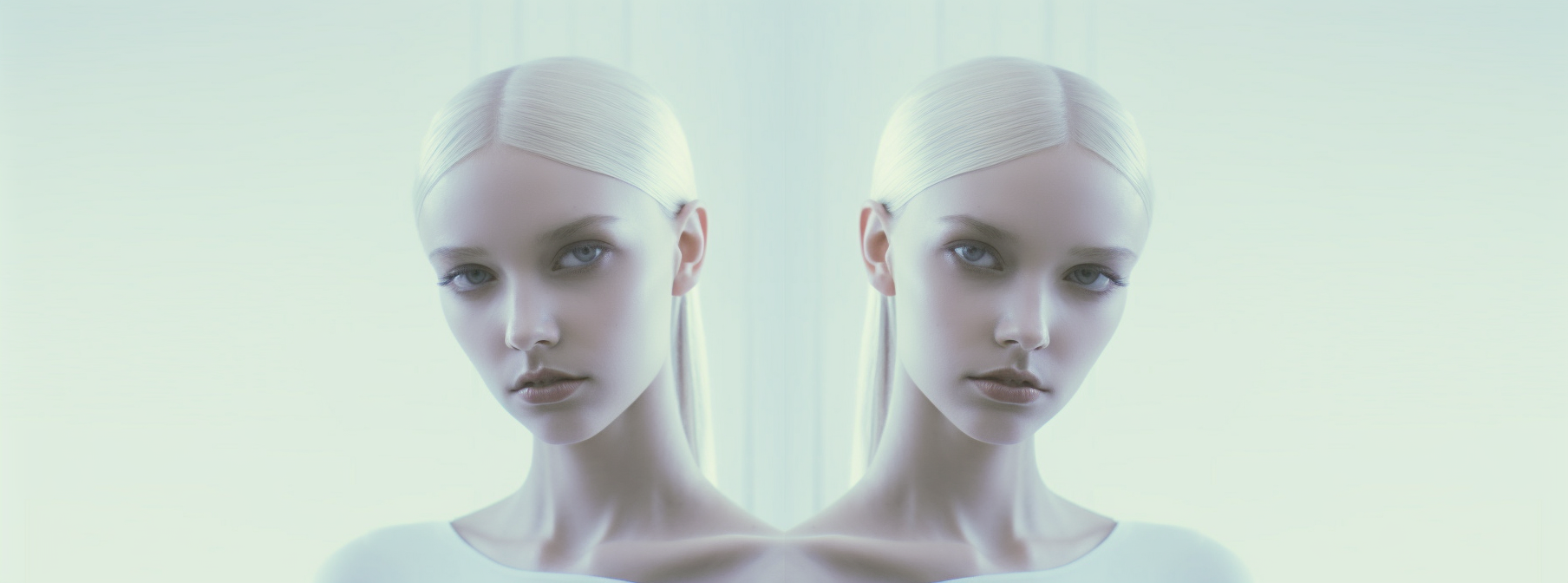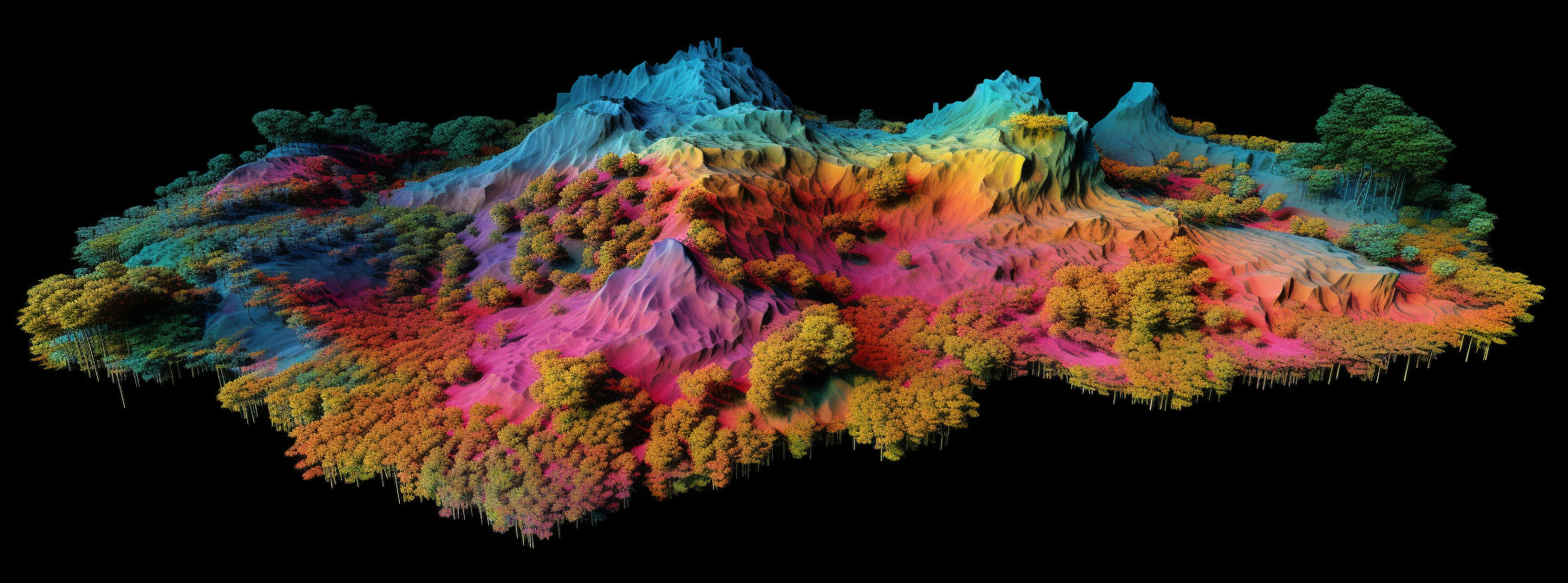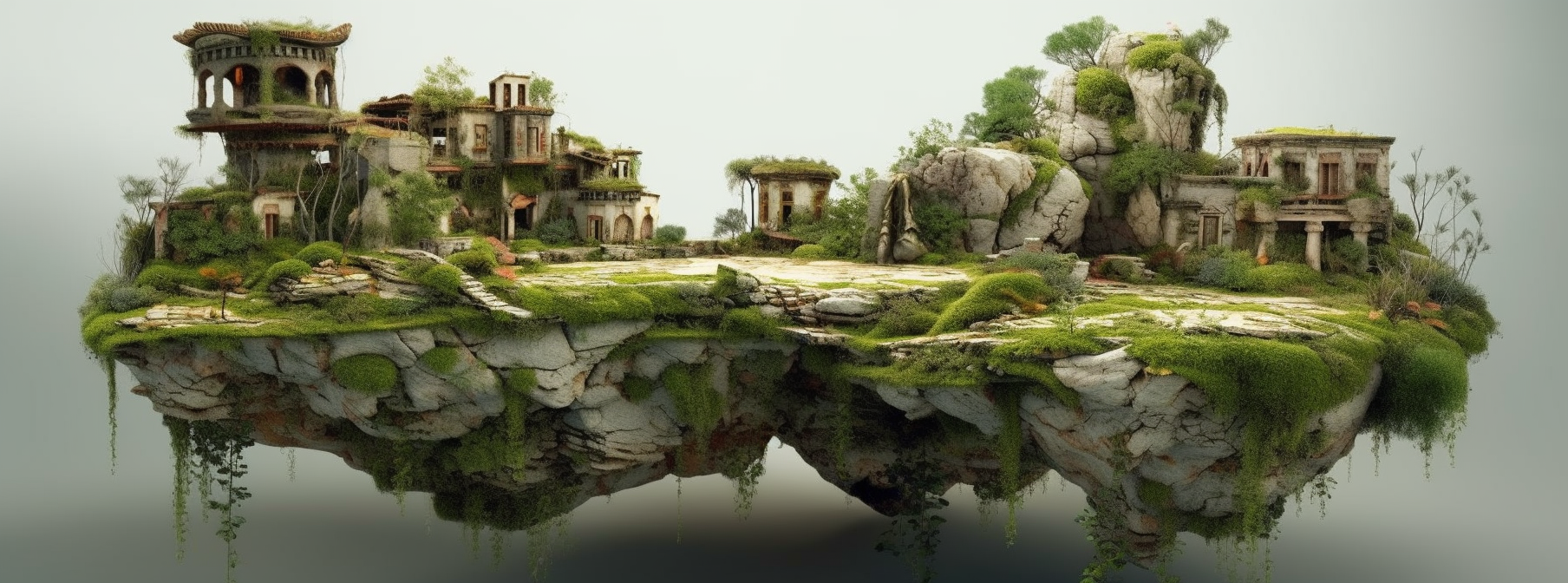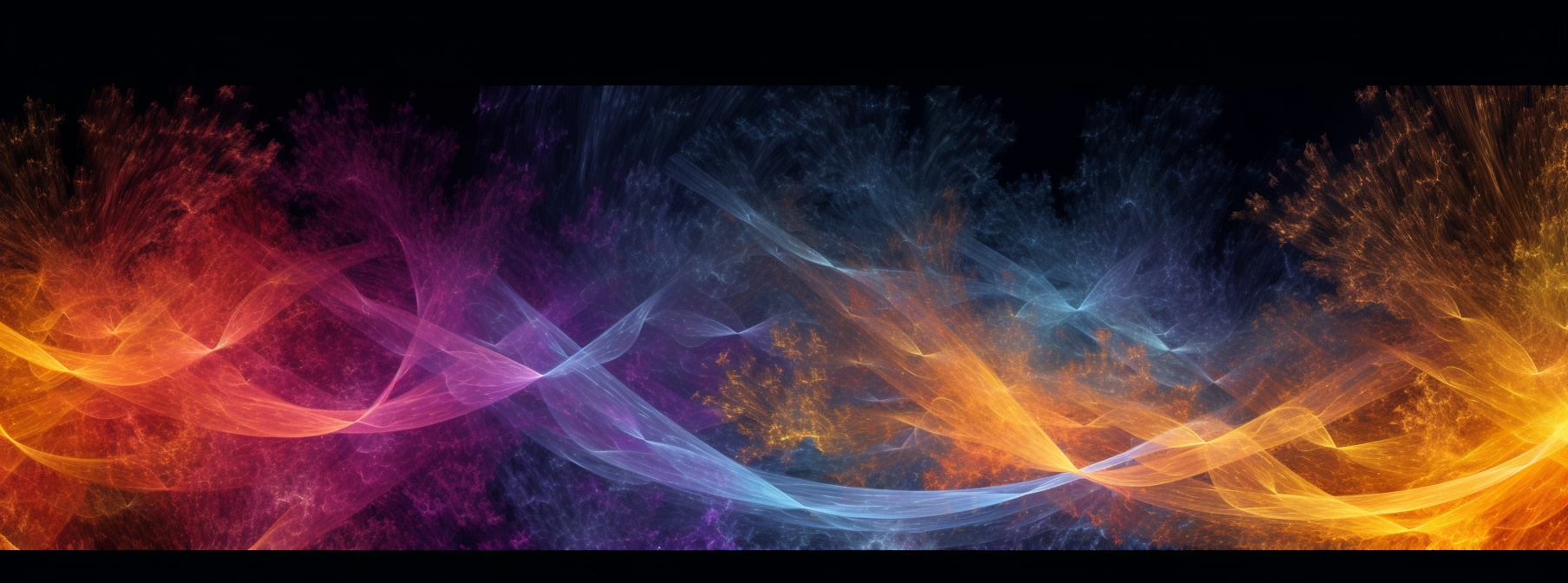Introduction
Creating virtual twins of objects is a crucial element in many industries, from architecture and archeology to gaming and virtual reality. The process involves replicating an object in a digital environment so that it mimics the physical object in every detail. To achieve this, several technologies have been utilized, including LiDAR (Light Detection and Ranging), photogrammetry, and NeRF (Neural Radiance Fields). This article will provide an overview of each technology, compare them, and detail their pros and cons.
LiDAR
LiDAR is a remote sensing technology that uses the pulse from a laser to collect measurements which can then be used to create high-resolution maps and models of objects and environments. The method involves emitting laser light towards a target and analyzing the reflected light that bounces back.
LiDAR systems consist of a laser, a scanner, and a specialized GPS receiver. Airplanes and helicopters are often used to acquire LiDAR data over broad areas. This technology provides very accurate data, with point clouds dense enough to create detailed 3D models.
Photogrammetry
Photogrammetry is the science of making measurements from photographs. It involves taking overlapping photos of an object, using software to interpret the images, and then stitching them together to create a detailed 3D model. This can be performed either from the ground or from the air using drones.
The output of photogrammetry is typically a polygon mesh, a collection of vertices, edges, and faces that define the shape of the 3D object. Textures and colors from the photographs are then overlaid onto this mesh to create a realistic 3D model.
NeRF
NeRF, or Neural Radiance Fields, is a machine learning method for synthesizing novel views of complex 3D scenes from only a sparse set of 2D images. NeRF uses a fully connected (non-convolutional) network, trained to map 5D coordinates (spatial 3D coordinates and 2D viewing direction) to a volume density and view-dependent emitted radiance.
NeRF models the volumetric scene functionally, implicitly encoding the 3D data in the weights of a neural network. It can produce high-quality, photorealistic 3D structures from 2D image data, with better fidelity than traditional 3D reconstruction techniques.
Comparison of LiDAR, Photogrammetry, and NeRF
LiDAR and photogrammetry have been used for creating virtual twins for quite some time and are well-established. LiDAR provides accurate and precise measurements, making it ideal for creating detailed and accurate 3D models, especially of larger or complex environments. However, it generally lacks color information, which can make the resulting models look less realistic.
Photogrammetry, on the other hand, uses photos, so the resulting models are rich in texture and color. It’s also generally more accessible and cheaper than LiDAR, as it only requires a camera. However, it can be time-consuming and requires specific conditions to capture the photos correctly (good lighting, no movement, etc.).
NeRF is a newer technology in the field. It bridges the gap between the other two by combining accurate 3D reconstruction with realistic textures and colors. However, it requires significant computational resources, making it less practical for real-time applications.
Pros and Cons of Each Technology
LiDAR
Pros:
- High precision and accuracy
- Can be used in any lighting conditions
- Good for mapping large or complex environments
LiDAR
Cons:
- Lacks color information
- Expensive equipment
- Requires specialized knowledge to operate and interpret
Photogrammetry
Pros:
- Rich in texture and color
- More accessible and cheaper than LiDAR (only requires a camera)
- Can be used with drones for aerial mapping
Photogrammetry
Cons:
Requires specific conditions (good lighting, no movement)
Less accurate than LiDAR
Time-consuming process
NeRF
Pros:
- Combines 3D reconstruction with realistic textures and colors
- Can synthesize novel views of complex 3D scenes
- Has the potential to work with sparse and irregularly sampled data
NeRF
Cons:
- Requires significant computational resources
- Less practical for real-time applications
- Still an emerging technology, hence may lack robustness and user-friendly tools
Frquently Asked Questions
What is LiDAR?
LiDAR stands for Light Detection and Ranging. It is a remote sensing technology that uses laser pulses to measure distances and create detailed 3D representations of objects and environments.
What is photogrammetry?
Photogrammetry is a technique that uses photographs or images taken from different angles to reconstruct and measure objects or scenes in 3D.
What is NeRF?
NeRF stands for Neural Radiance Fields. It is an advanced technique that uses deep learning algorithms to generate highly detailed 3D models by learning the volumetric representations of objects and scenes.
How does LiDAR work?
LiDAR works by emitting laser beams and measuring the time it takes for the laser pulses to bounce back after hitting objects in the environment. This data is used to create accurate 3D representations of the surroundings.
How does photogrammetry work?
Photogrammetry uses computer vision algorithms to analyze multiple images of an object or scene taken from different angles. By identifying common features and matching them, the software can reconstruct the 3D geometry and texture.
How does NeRF work?
NeRF utilizes deep neural networks to learn the volumetric representation of objects or scenes. It takes a set of 2D images as input and learns to predict the 3D structure and appearance of the scene, resulting in highly realistic and detailed reconstructions.
Which method is best for capturing outdoor environments?
LiDAR is often preferred for capturing outdoor environments due to its ability to accurately capture depth information even in challenging lighting and weather conditions.
Which method is best for capturing small objects?
Photogrammetry is commonly used for capturing small objects as it can provide detailed and accurate reconstructions using high-resolution images taken from various angles.
Which method is best for capturing dynamic scenes?
Photogrammetry is better suited for capturing dynamic scenes since it can utilize multiple images taken at different times to reconstruct the scene with moving objects.
Which method provides the highest level of detail?
NeRF is known for its ability to generate highly detailed 3D models with realistic lighting and appearance. It can capture intricate details that might be missed by other methods.
Conclusion
The choice between LiDAR, photogrammetry, and NeRF for creating a virtual twin of an object will depend on various factors like the nature of the object, the required accuracy, available resources, and specific application needs.
LiDAR offers high precision and is excellent for complex environments, while photogrammetry is more accessible and offers visually appealing models with color and texture. NeRF, being a newer technology, offers a combination of both, allowing for accurate 3D reconstruction and realistic visuals. However, it requires significant computational resources, making it less practical for some applications.
As technology advances, we can expect to see improvements and new methods in the field of 3D modeling and virtual twins. The key is to choose the technology that best aligns with the specific requirements and constraints of your project.




